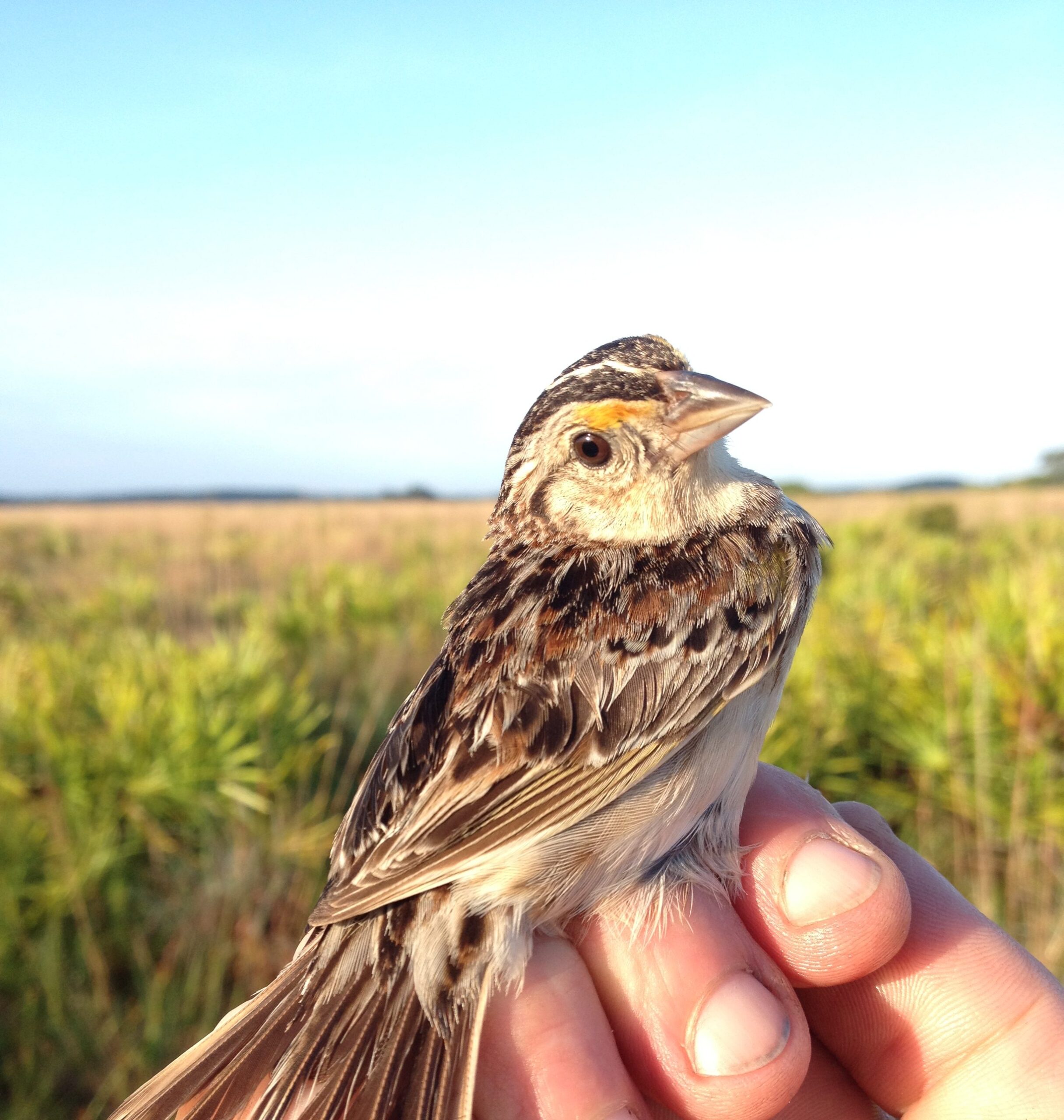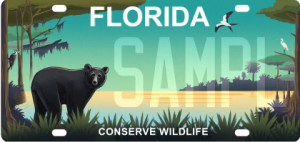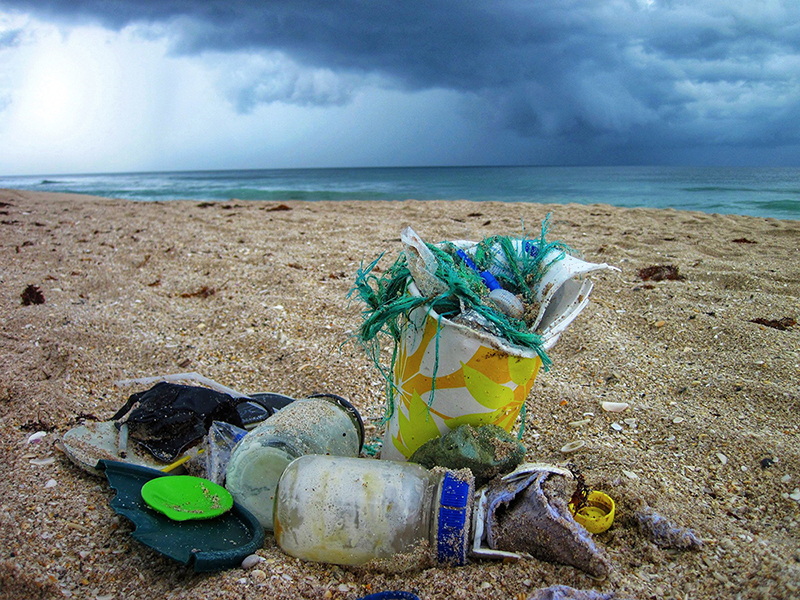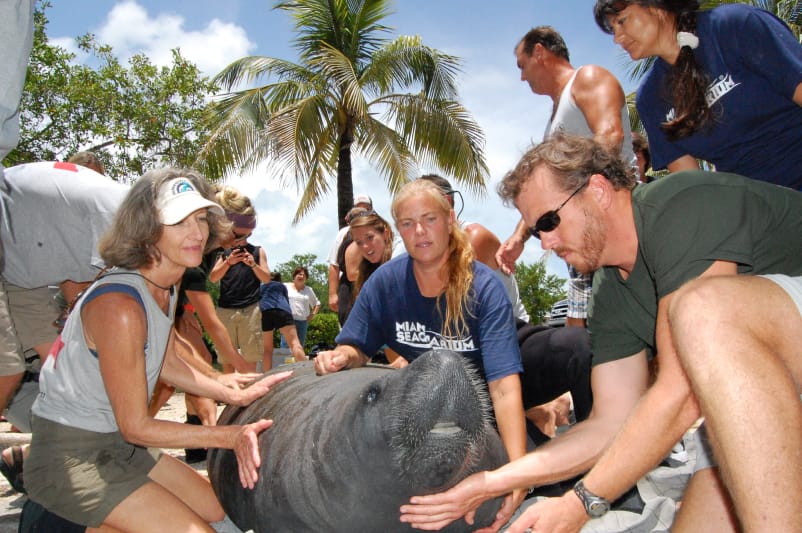
Did you know that the Florida Grasshopper Sparrow is at risk of going extinct this year? Make a donation here to help fund the captive breeding program, and contact your representatives to urge them to restore funding for the program.
The Florida Grasshopper Sparrow is a federally endangered bird found nowhere else in the world. Despite public land managers’ efforts to recover the bird, its population continues to decline steeply on the very lands where it should be thriving. Without immediate intervention, the outlook is dire for this diminutive Florida prairie specialist. The Florida Grasshopper Sparrow is restricted to the dry prairie ecosystem of central and south Florida. One of four subspecies of Grasshopper Sparrows in North America, the Florida Grasshopper Sparrow does not migrate, living here year round. Perhaps the most endangered bird in the continental US, few people have seen or even heard of it.
Florida Grasshopper Sparrows are named or one of their calls, a quiet buzz that sounds much like a grasshopper. Male sparrows sing only a few months of the year during the nesting season, for a few hours each day. Intricately patterned in brown, white, and black, the birds are well camouflaged with the remote grasslands in Florida’s interior where they live, making them difficult to locate. Their quiet, cryptic, and remote nature have contributed to their anonymous personality. The sparrow is so highly endangered due in large part to its exclusive dependence upon Florida dry prairie habitat, more than 85% of which has been destroyed. Most prairie loss has resulted from conversion to domestic pasture grasses, which support more cattle per acre and can support some species of prairie wildlife, but not Florida Grasshopper Sparrows. This “improved pasture” lacks the structure that these birds need. Research indicates the sparrows need native prairie in prime condition—it should burn every two years and, as a result, have virtually no brush or trees.











